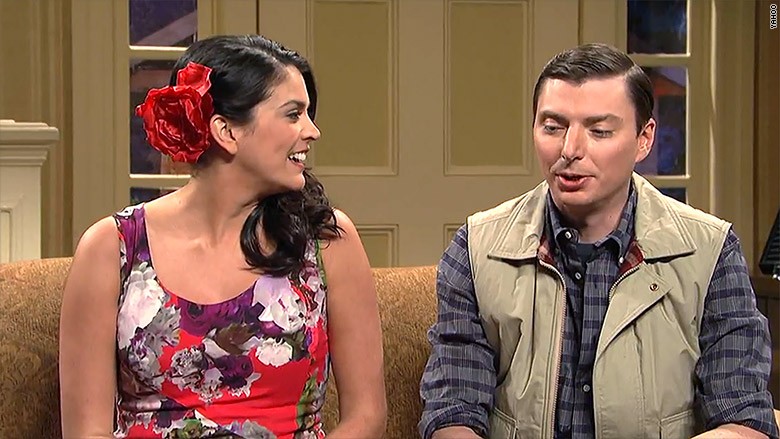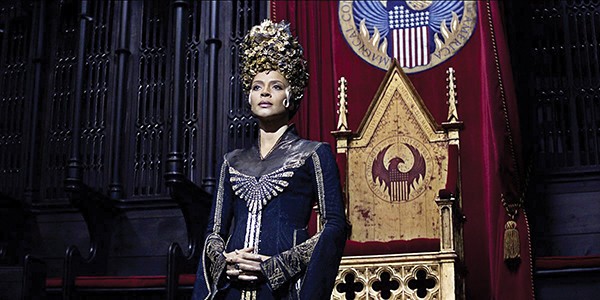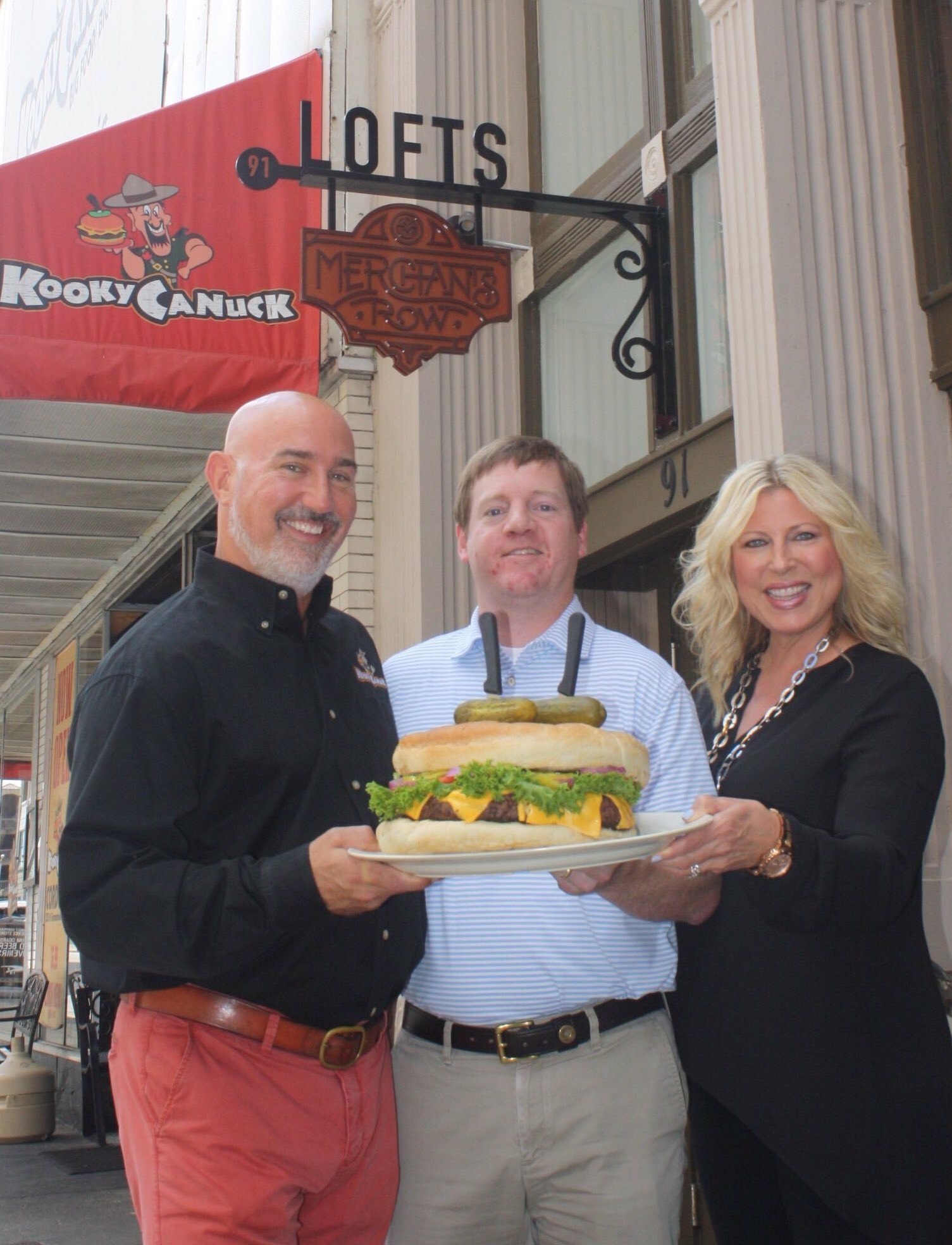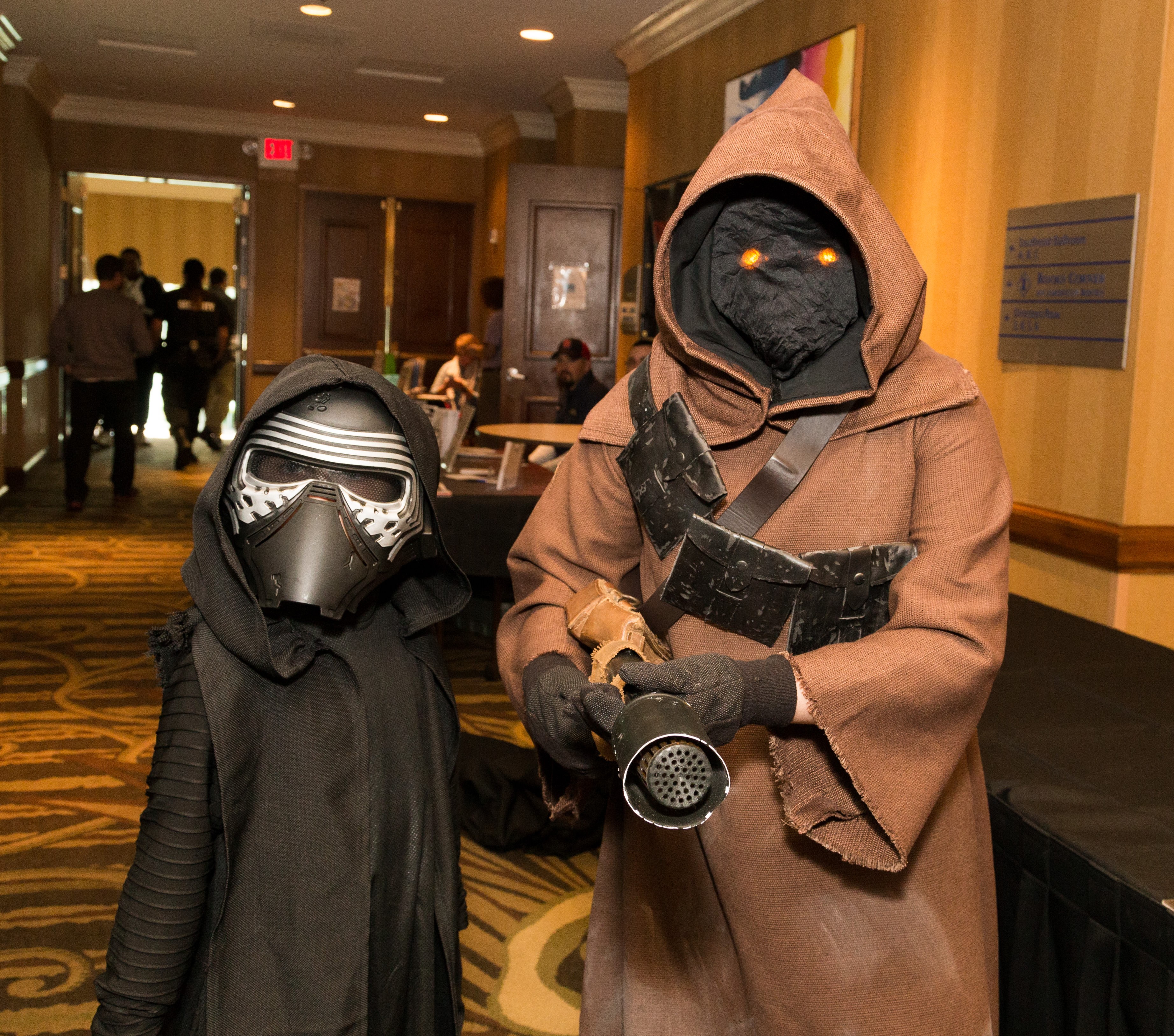In Margaret Skinner’s new short story collection, Cold Eye (Sartoris Literary Group), the spectre of death hovers over characters, brushing up against them at times while keeping a slight, threatening distance at others. In “Wapanocca,” a family floats along in a boat that might as well be named the S.S. Tension as they fish and keep mum on the issue at hand — the father’s fatal illness. The boy is happy to fish and eager to help his mother, whose sickness is the very marriage itself. In the title story, a young man faces his own mortality as he tries to face life with breast cancer and with a girlfriend with one foot out the door. Even in “Lou Groza,” though death may not be sitting at the bar of Alex’s Tavern, the circle of life is an ever present theme as a young man comes face to face with the father he’s never known.
Skinner, a former University of Memphis Department of English writing instructor, has served as Nida Tomlin Watts writer-in-residence at Sweet Briar College, and received the Walter E. Dakin Fellowship in fiction at the Sewanee Writer’s Conference. She has published two novels — Old Jim Canaan and Molly Flanagan and the Holy Ghost — and her mastery of language and grace is condensed and moving in her short fiction.

This is the perfect time of year to get acquainted, or reacquainted, with short fiction. As the holidays approach, our time is more and more taken up with family, end-of-the-year tasks, juggling a suddenly skewed work-and-home life, and everything else that goes along with the most wonderful time of the year. When that wonderful time gets to be too much, slip away with a favorite collection, or your tablet full of downloads.
Favorite collections of mine include Island: The Complete Stories by Alistair MacLeod, The Whore’s Child and Other Stories by Richard Russo, Welcome to the Monkey House by Kurt Vonnegut, Mrs. Darcy and the Blue-Eyed Stranger by Lee Smith, Nine Stories by J.D. Salinger, and The Stories of John Cheever.
As I write this, I’ve just learned that William Trevor died at the age of 88. A prolific writer and master of the format, he had 47 stories published in The New Yorker alone. (I learned of his death on Twitter, home of the shortest stories you’ll read anywhere.) In the Spring 1989 issue of the Paris Review, Trevor said of the short story form: “I think it is the art of the glimpse. If the novel is like an intricate Renaissance painting, the short story is an impressionist painting. It should be an explosion of truth. Its strength lies in what it leaves out just as much as what it puts in, if not more. It is concerned with the total exclusion of meaninglessness. Life, on the other hand, is meaningless most of the time. The novel imitates life, where the short story is bony, and cannot wander. It is essential art.”
I discussed the art of the short story with Nat Akin, director of story booth at Crosstown Arts, a program that works with inner-city schools to promote reading and writing, and he adds to Trevor’s philosophy. “I think I’m drawn to the exactness and mystery that the short story has to simultaneously set its sights on,” he says. “I’m not faring all that well with the plate-spinning I find novel writing to be — you’ve got to keep track of a lot of moving parts. (It’s also why I would have been a horrible waiter. Too many people to keep satisfied at once.) Another late, great master of the story, Barry Hannah, compared writing short stories to trying to kick-off and receive in a bathroom. As a writer, that idea appeals to me, the simplicity the form demands. As a reader, I can find a good story leaving me thinking about it for days after, like it ‘woke me up’ somehow. That experience is much rarer for me with novels. And there are so, so many good stories — in print journals and online — and story collections being published today.”
Akin isn’t just a proselytizer of short prose, he recently had his story “At Home with the Spirit” in the literary
journal Waxwing.
Take time this holiday season to visit your favorite bookstore or library and ask for copies of literary journals or anthologies. Think of it as a gift to yourself. On your way to that family gathering, stop by the newsstand and pick up a New Yorker — last week’s issue featured “Flower Hunters,” a piece of short fiction from Lauren Groff, author of Fates and Furies. A couple of weeks before that saw Jonathan Lethem, whose new novel, A Gambler’s Anatomy, just came out. I’m halfway through that book and loving it.
Speaking of the just-released, Michael Chabon’s Moonglow released this week. I was lucky enough to read a friend’s advanced reader copy and I have to say it is fantastic, harkening back to The Amazing Adventures of Kavalier & Clay and The Yiddish Policemen’s Union — Jewish lore, footnotes, and all. To further the intrigue of Chabon’s world, he has a short story (in which Nine Stories plays a part) on the New York Times’ website. “The Sandmeyer Reaction” is the seedling that would sprout Moonglow. It was unexpectedly cut from the manuscript. “That’s surprising to me, at any rate,” Chabon writes in an introduction to his story, “because the incidents related in ‘The Sandmeyer Reaction’ were central to my idea of the novel and its protagonist almost from the start.”
Another favorite, Andrew Sean Greer, author of the novels The Confessions of Max Tivoli, The Path of Minor Planets, and The Impossible Lives of Greta Wells, among others, has a new one — Less — coming out next year. He recently released the short story “Darkness” as a free digital download.
The story, as was Lethem’s, is a rich appetizer in anticipation of the larger meal. But the curiosity works both ways and readers, once devouring novels, will often find themselves wanting to move on to the impressionist paintings of the short story, that “explosion of truth.”
Skinner’s Cold Eye was just released by Sartoris Literary Group. You can read about the Mississippi press and its founder, James L. Dickerson, in this week’s Flyer. Dickerson told me in a phone interview that he’s planning an anthology of Southern writers in the very near future and he’ll be depending heavily on Memphis writers to fill those pages.
While I’ve got you on the line — if you’ve hung on this long — don’t forget that Memphis magazine is currently taking submissions for its annual Short Fiction contest. You love to read them, now try your hand at writing! Deadline is February 1st and guidelines can be found by clicking here.
 Juan Jose Ortiz
Juan Jose Ortiz 


 Bianca Phillips
Bianca Phillips 




 U of M Athletics
U of M Athletics